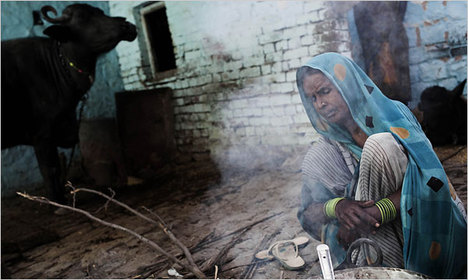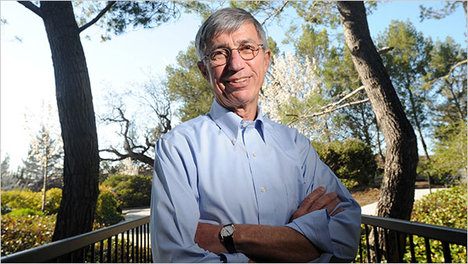(p. D1) With literally millions of squirrels rampaging throughout England, Scotland and Wales at any given time, squirrels need to be controlled by culls. This means that hunters, gamekeepers, trappers and the Forestry Commission (the British equivalent of forest rangers) provide a regular supply of the meat to British butchers, restaurants, pâté and pasty makers and so forth.
The situation is more than simply a matter of having too many squirrels. In fact, there is a war raging in Squirreltown: invading interlopers (gray squirrels introduced from North America over the past century or more) are crowding out a British icon, the indigenous red squirrel immortalized by Beatrix Potter and cherished by (p. D5) generations since. The grays take over the reds’ habitat, eat voraciously and harbor a virus named squirrel parapox (harmless to humans) that does not harm grays but can devastate reds. (Reports indicate, though, that the reds are developing resistance.)
“When the grays show up, it puts the reds out of business,” said Rufus Carter, managing director of the Patchwork Traditional Food Company, a company based in Wales that plans to offer squirrel and hazelnut pâté on its British Web site, patchwork-pate.co.uk.
Enter the “Save Our Squirrels” campaign begun in 2006 to rescue Britain’s red squirrels by piquing the nation’s appetite for their marauding North American cousins. With a rallying motto of “Save a red, eat a gray!” the campaign created a market for culled squirrel meat.
British bon vivants suddenly couldn’t get enough squirrel. Television chefs were preparing it, cookbooks were extolling it, farmers’ markets were selling out of it and restaurants in many places were offering it on the menu.
For the full story, see:
MARLENA SPIELER. “Saving a Squirrel by Eating One.” The New York Times (Weds., January 7, 2009): D1 & D5.
 “Squirrel is appearing on more menus, as at Fergus Henderson’s restaurant St. John, in London.” Source of photo and caption: online version of the NYT article quoted and cited above.
“Squirrel is appearing on more menus, as at Fergus Henderson’s restaurant St. John, in London.” Source of photo and caption: online version of the NYT article quoted and cited above.







